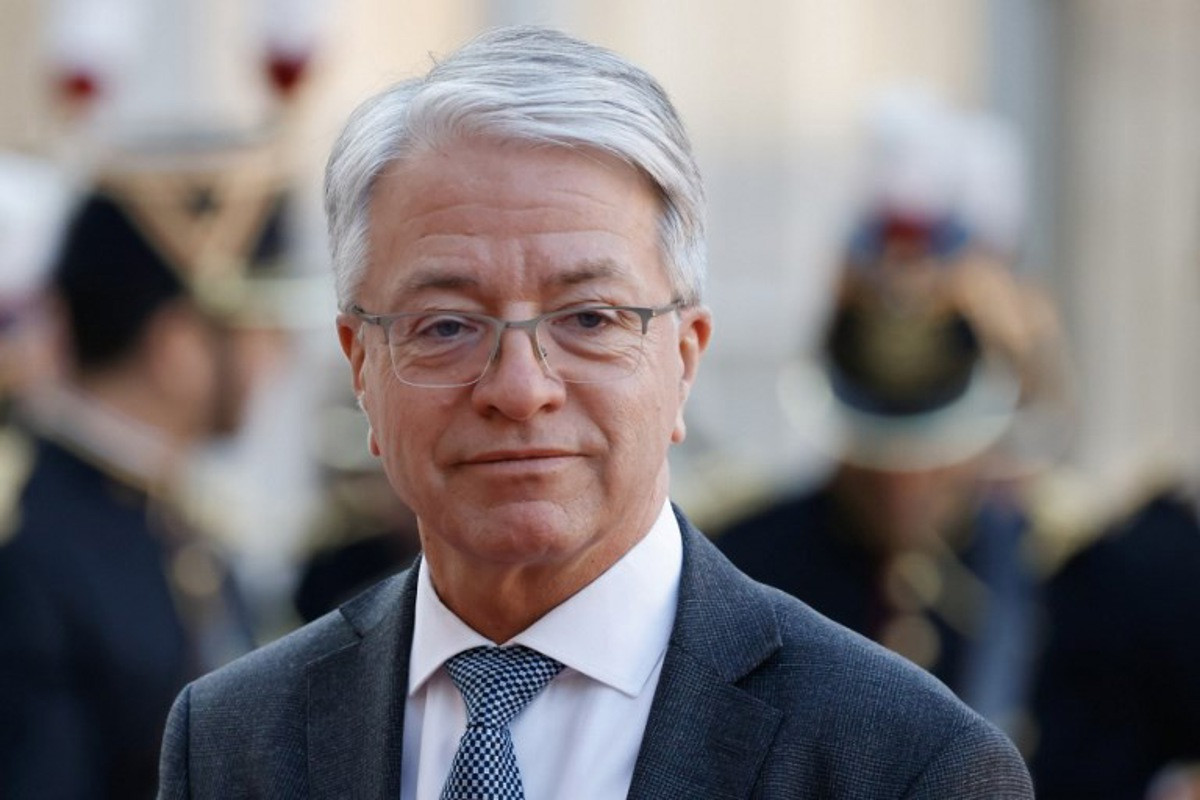The story continues for Jean-Laurent Bonnafé. The CEO of BNP Paribas since 2011 is set to have his term of office extended, with the age limit for the post being raised from 65 to 68. The annual general meeting of shareholders, scheduled for Tuesday 13 May, will be asked to ratify these decisions, which should enable him to remain at the helm of the group.
Discreet but influential, Bonnafé trained as an engineer at Polytechnique and has a passion for mathematics. He cut his teeth in the public service before joining BNP in 1993. Four years later, Bonnafé became head of strategy and development. When BNP merged with Paribas in 2000, he co-directed the process of integrating the two banks. Bonnafé joined the BNP Paribas executive committee in 2002, and was responsible for integrating the Belgian bank Fortis from 2009 to 2010, following the subprime crisis. He became CEO of Fortis Bank from May 2009 to February 2011, before taking over as CEO of the BNP Paribas Group at the end of 2011.
It’s been a period marked by crises, such as the €6.6bn fine imposed by the United States in 2014 for trading in dollars with countries under US embargo, including Sudan, Iran and Cuba between 2002 and 2009. Or, more recently, by the repeated criticism of environmental associations, which accuse it of continuing to finance fossil fuels. In response, Bonnafé retorted that BNP Paribas is “not the UN,” whilst recalling the bank’s CSR strategy, which he considers to be very assertive.
Continued expansion
It’s also been a period of solid growth and strategic expansion. On the strength of rising revenues and profits in 2024, BNP Paribas has confirmed its targets for 2026. It expects to finalise the acquisition of the asset management subsidiary of its compatriot Axa in 2025.
For the bank’s chairman, Jean Lemierre, retaining Bonnafé makes good sense: “Jean-Laurent is someone who has a very good strategic view of the bank and who is implementing it. Anticipating long-term issues at the same time as executing them is remarkable,” the man who has worked in tandem with him since 2014 told AFP.
It’s an opinion shared by Vinci chairman Xavier Huillard: “He’s a very straightforward man, a great teacher and it’s always a real pleasure to have a chat with him. He has both an economic culture and a very broad and in-depth knowledge of the financial professions.”
In Luxembourg
In Luxembourg, the group is also having a tangible impact. Through BGL BNP Paribas--its subsidiary since 2009--the group offers a full range of services to more than 180,000 individual and professional customers via a network of 28 branches. It also operates in private banking, corporate banking, private equity (via BGL BNP Paribas Development) and international wealth management.
BNP Paribas Asset Management Luxembourg, for its part, managed more than €135bn in assets at the end of 2023. Meanwhile, the fleet managed by Arval Luxembourg--a subsidiary of BGL--reached nearly 1.8m leased vehicles in 2024. This momentum is also reflected at its Luxembourg branch, . With all its activities, the BNP Paribas Group had 3,754 employees in the country in 2024.
This article was originally published in .
